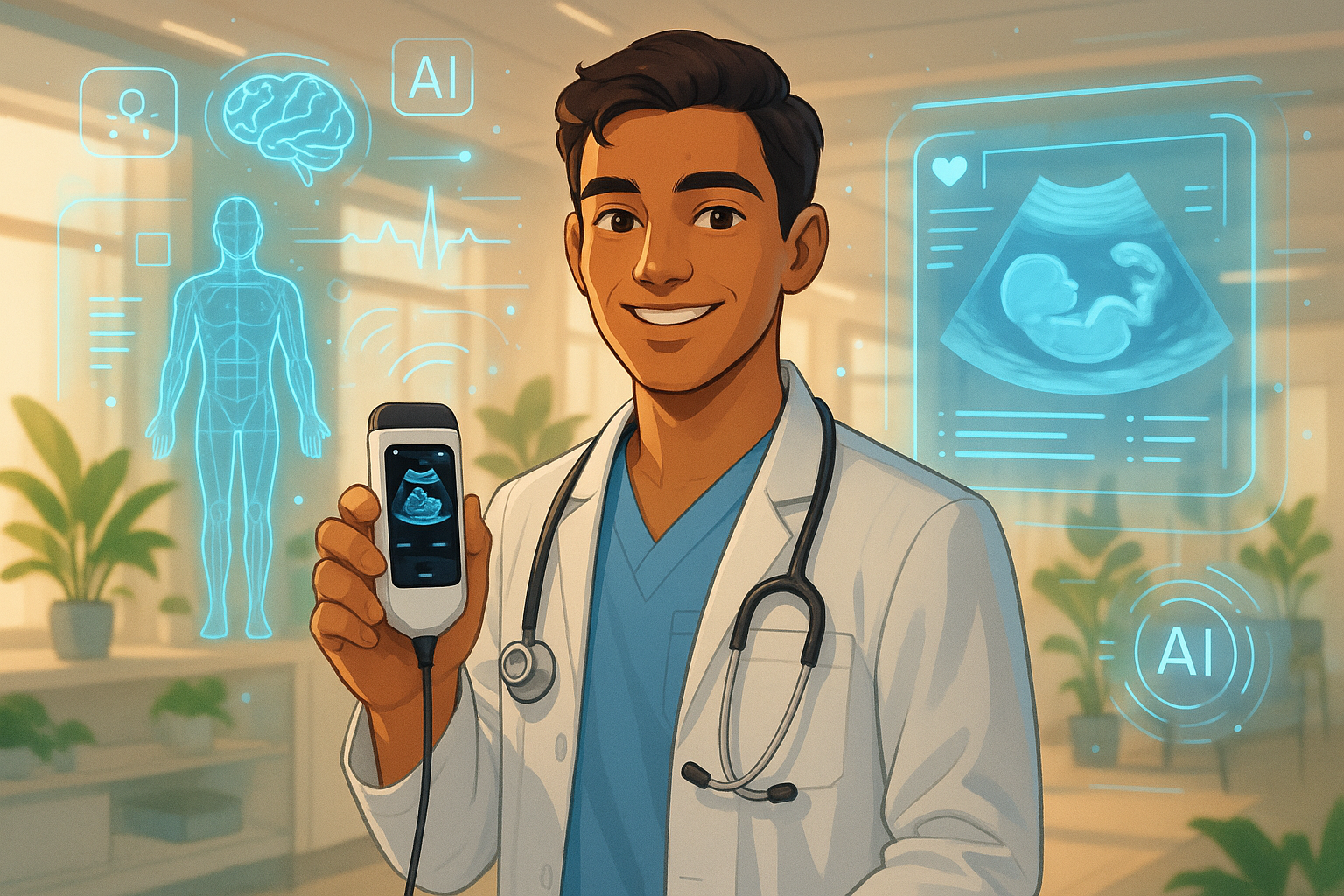Do you remember The Jetsons? As children, we were fascinated by flying cars taking kids to school and robots preparing meals at home. The future seemed like a magical place—we weren’t sure if we’d ever see it, but dreaming about it was beautiful.
Today, when we look back, we realize that parts of those dreams have quietly slipped into our lives. We consult AI systems for the simplest questions, use smart cleaning robots in our homes, and make bedside diagnoses with a handheld ultrasound device—instantly shaping our treatment decisions. Imaging, once confined to radiology rooms with large equipment, is now in the hands of physicians.
That’s why the future of PoCUS is not just about technological advancement; it’s the realization of a dream. Like many silent revolutions in life, this one reshaping medicine doesn’t only impact today, but also defines tomorrow.
So, have we reached a limit in terms of development? Certainly not. Although it’s difficult to predict how far these innovations will go, the limitless doors opening before us are truly mesmerizing. For example, artificial intelligence algorithms have already begun assisting clinicians with image recognition, measurements, and even diagnostic suggestions. Integrating this technology into PoCUS will shorten the learning curve and enhance standardization, especially for less experienced practitioners.
The miniaturization of devices and improvements in image quality have led to the widespread use of ultrasound in clinical settings. More advanced imaging technology, further shrinking devices (even integrating them into wearable tech), and almost photo-realistic image quality make it imaginable that new modalities—like elastography and contrast-enhanced ultrasound—could become part of bedside evaluation.
As instructors, we now spend part of our routine reviewing ultrasound images sent to our phones. While tele-ultrasound may become a standard option in telemedicine, the real leap forward will be in “Remote Education Modules.” Today, we already benefit from online courses globally but expanding and enhancing online simulation systems will allow us to reach vast geographies and audiences.
Let’s dream a little further. Imagine robotic PoCUS systems activated in hard-to-reach or hazardous areas, or in places lacking specialists—controlled remotely just like the astonishing progress made in robotic surgery. Ultrasound may now surpass even our wildest expectations.
While we navigate our daily lives with technologies we couldn’t have imagined 30 years ago, knowing that similar innovations are on their way to transform PoCUS fuels our excitement even more.
Asst. Prof. Dr. Büşra Bildik

